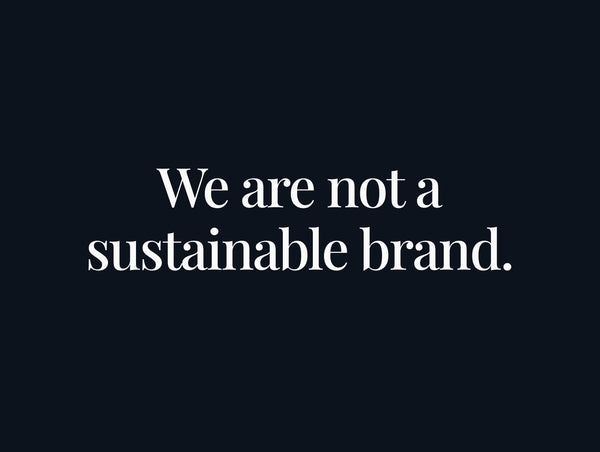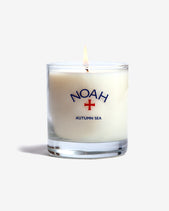


We recently spent a day Flounder fishing on the Great South Bay, the body of water that separates the mainland of Long Island from the barrier islands, and stretches from Smith Point to Democrat Point on Fire Island, and from Captree state park to the west end of Jones beach. Despite the pleasure of being on the water, we discovered that all is not well in the GSB, the area that contains nearly 80% of the Island's ocean-facing beaches. Flounder, which are still found in abundance in the nearby ocean, have been avoiding the Bay.



When I was a kid, we could catch almost anything we wanted in the Great South Bay. The water was teeming with fish and shellfish. It was our captain who alerted me to what had changed since then. I was optimistic about our prospects for the day's catch, but he wasn't. He'd watched the decline of wildlife firsthand.


As we talked further, it was clear he had no doubt that human pollution was to blame for the scarcity of Flounder, as well as the absence of whole populations of other fish, shellfish, and underwater plants that used to be mainstays of the Bay. It's a trend directly correlated to the increasing human population on the Island.



Think about it: NO MORE FISH. That's a worthy reason to put out a distress call.






Interestingly, a big culprit was people's desire for perfect lawns. The widespread use of chemical fertilizers means their high nitrogen content finds its way to the Bay through runoff from rainstorms. This, combined with the other pollutants and the destruction of crucial wetlands (which act as natural filters for the area's creeks and rivers) leads to algae blooms and red and brown tides--conditions that seriously threaten the fragile ecosystems that sustain the biodiversity I remember from my youth. Simply put, if current trends continue, we may literally face a future where fish will no longer exist in the ocean. This disturbing eventuality is not centuries away--it's something people alive today could literally have to reckon with.
















